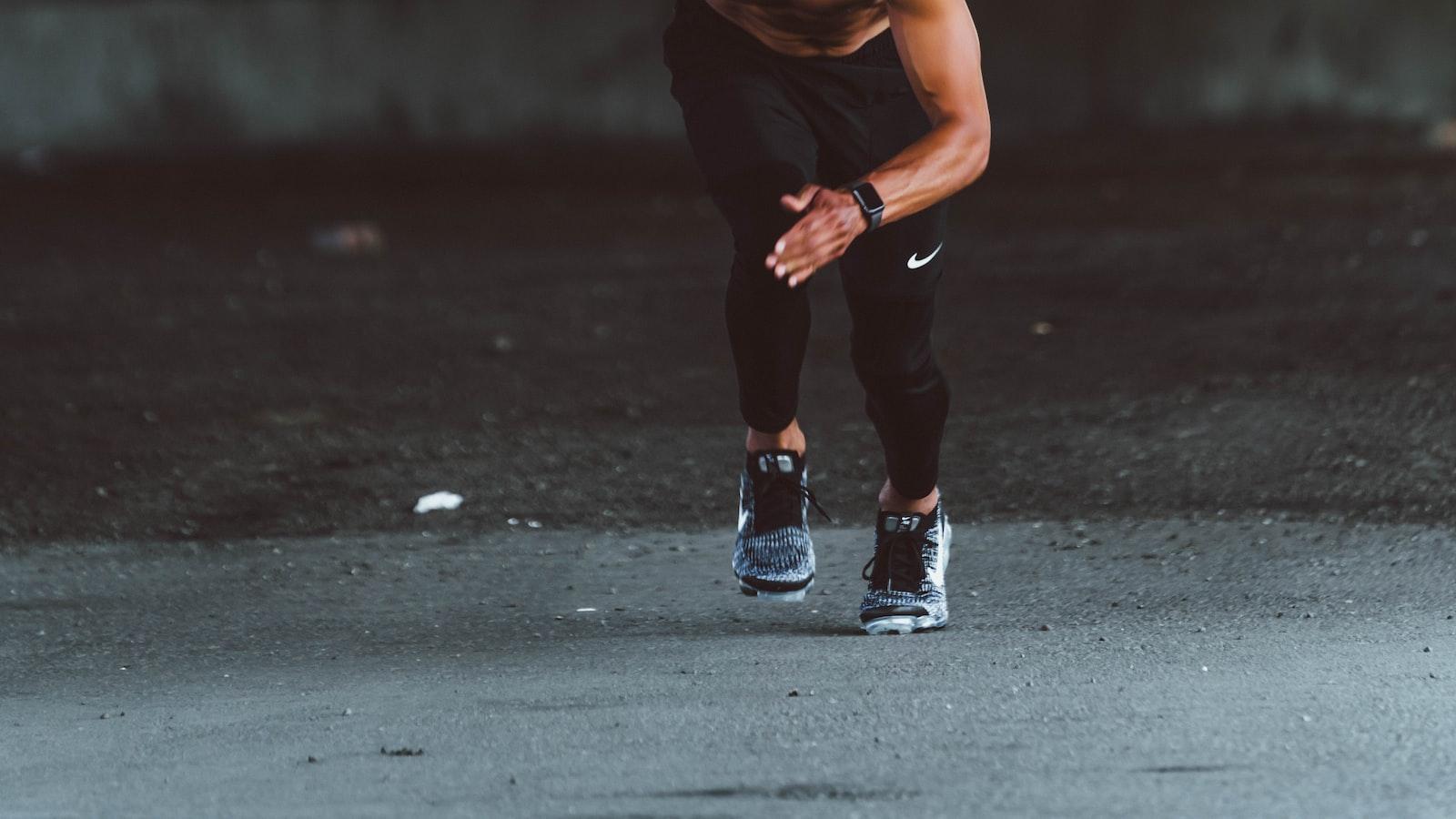Lacing up our sneakers, we embark on our daily journey, chasing the wind and embracing the rhythm of our pounding feet against the pavement. As runners, we understand that the allure of the open road is not solely reserved for those seeking physical prowess, but it also beckons us towards a sanctuary of solace, immersing us in a meditative state of mind. However, as we set forth, our bodies often bear the weight of pounding kilometers, battling the forces of wear and tear. How can we venture towards injury-free running, delicately balancing the fine line between pushing our limits and protecting our sacred vessel? Join us as we unveil the secrets of invulnerability, revealing the hidden gems that lie within, and embark on a transformative journey towards safer strides on the trails of life.
Taking the Right Steps: Understanding the Science of Injury-Free Running
Running can be a thrilling and invigorating activity, but it’s essential to prioritize safety and minimize the risk of injury. Understanding the science behind injury-free running can make a world of difference in your running experience. To help you take the right steps towards injury prevention, here are some key insights to keep in mind:
-
Proper Warm-Up: Before hitting the pavement, dedicate time to warm up your muscles and joints. Engage in dynamic stretches and mobility exercises that target the muscles you’ll be using during your run. This will enhance blood flow to your muscles, increase flexibility, and reduce the likelihood of muscle strains.
-
Optimal Footwear: Wearing the right shoes is crucial to minimize the risk of overuse injuries. Invest in a pair of running shoes that provide adequate cushioning, support, and stability based on your foot type and running style. Consider visiting a specialty running store for professional guidance and proper fitting.
-
Gradual Progression: When it comes to running, it’s important to listen to your body and gradually increase your mileage or intensity. Pushing yourself too hard, too soon can lead to overuse injuries such as shin splints or stress fractures. Gradually increase your running volume, allowing your body to adapt and become stronger over time.
-
Cross-Training: Incorporating cross-training activities into your routine is a fantastic way to strengthen different muscle groups, minimize impact, and improve overall fitness. Activities like cycling, swimming, or strength training can help balance your musculoskeletal system, reducing the likelihood of overuse injuries and enhancing your running performance.
-
Form and Technique: Pay attention to your running form and technique to optimize efficiency and minimize stress on your joints. Focus on maintaining an upright posture, landing lightly on your midfoot, and maintaining a consistent cadence. Engaging in running drills and seeking professional guidance, if needed, can help you improve your form.
By taking these steps and understanding the science behind injury-free running, you can considerably reduce the likelihood of getting injured and enjoy a more fulfilling running journey. Don’t let the fear of injury hold you back – take stride towards safety and unlock the secrets of injury-free running.
Building Strength and Reducing Risks: Effective Techniques for Safe Running
When it comes to running, building strength and reducing risks should be at the top of every runner’s priority list. By following effective techniques, you can ensure injury-free running and make the most out of your workouts. One technique to consider is adding strength training to your routine. Incorporating exercises such as squats, lunges, and planks not only helps strengthen your muscles but also improves your running form and stability. Additionally, don’t forget to listen to your body and give it the rest it deserves. Rest days are essential for muscle recovery and reducing the risk of overuse injuries. Another effective technique is to gradually increase your mileage and intensity. By gradually increasing your running load, you give your body time to adapt and become stronger, reducing the likelihood of injuries. Furthermore, don’t underestimate the importance of proper warm-up and cool-down routines. Dynamic stretches and foam rolling before running can help prepare your muscles for the workout, while static stretches and gentle exercises post-run aid in reducing muscle soreness. Finally, invest in a good pair of running shoes that provide proper support and cushioning. This will help minimize the impact on your joints and reduce the risk of injuries.
As we reach the finish line of our exploration into the secrets of injury-free running, one thing becomes abundantly clear: safety reigns supreme. Just like a skilled athlete gracefully crossing the tape, it is vital for runners to take strides towards their own safety.
Throughout this journey, we have uncovered the precious gems of knowledge, unlocking the secrets that can set you free from the shackles of debilitating injuries. From ensuring proper warm-ups and cool-downs, to embracing the power of cross-training, and even the significance of rest days, we have learned to fortify our bodies for the unpredictable challenges of the road.
But it goes beyond physical preparedness. Our minds play an equally crucial role in the art of injury-free running. By embracing a positive attitude and practicing mindfulness, we can overcome any mental hurdles that may threaten to derail us from our striving goals.
Remember, dear readers, injury-free running is not just a lofty dream. It is within our grasp. By understanding the delicate balance between pushing boundaries and respecting our limits, we can carve a path towards a lifetime of euphoric runs, unburdened by the chains of pain and impairment.
Every journey is unique, and the road to injury-free running is no exception. So make it your own. Experiment, adjust, and adapt. Find what works best for you and be willing to evolve. Armed with knowledge, determination, and a dash of creativity, you can pave the way to a magnificent and enduring running journey.
Let this article be a guiding light, illuminating your path towards a safer and more fulfilling running experience. Join the ranks of those who move with grace and boundless energy, embracing the joyous freedom of the run. The secrets have been unveiled, the stage is set, it’s time for you to take the leap and run towards a future of injury-free bliss.
Now, lace up those shoes, feel the wind on your face, and embark on a new chapter of your running story—one that is marked by vitality, happiness, and above all, safety. May your strides be strong, your body be resilient, and your spirit forever untamed. Happy running!











Leave a Reply